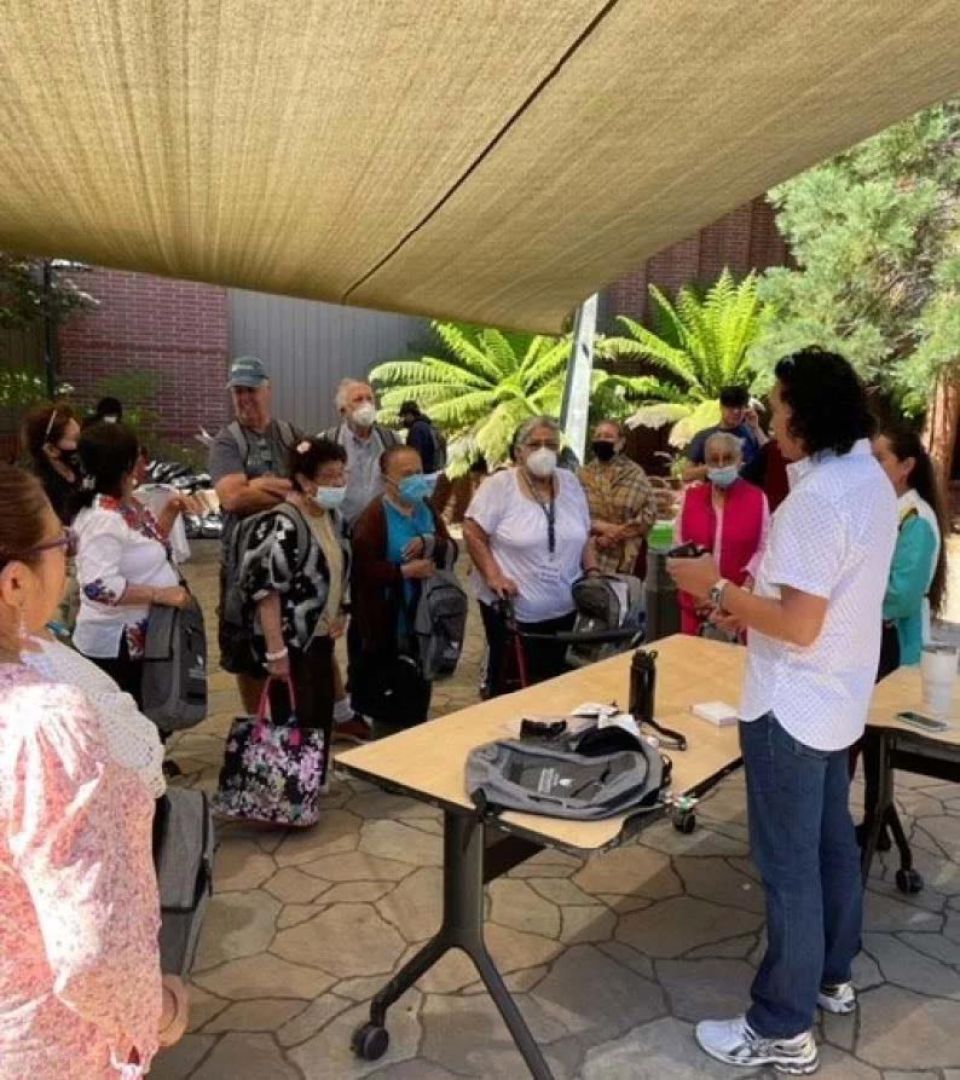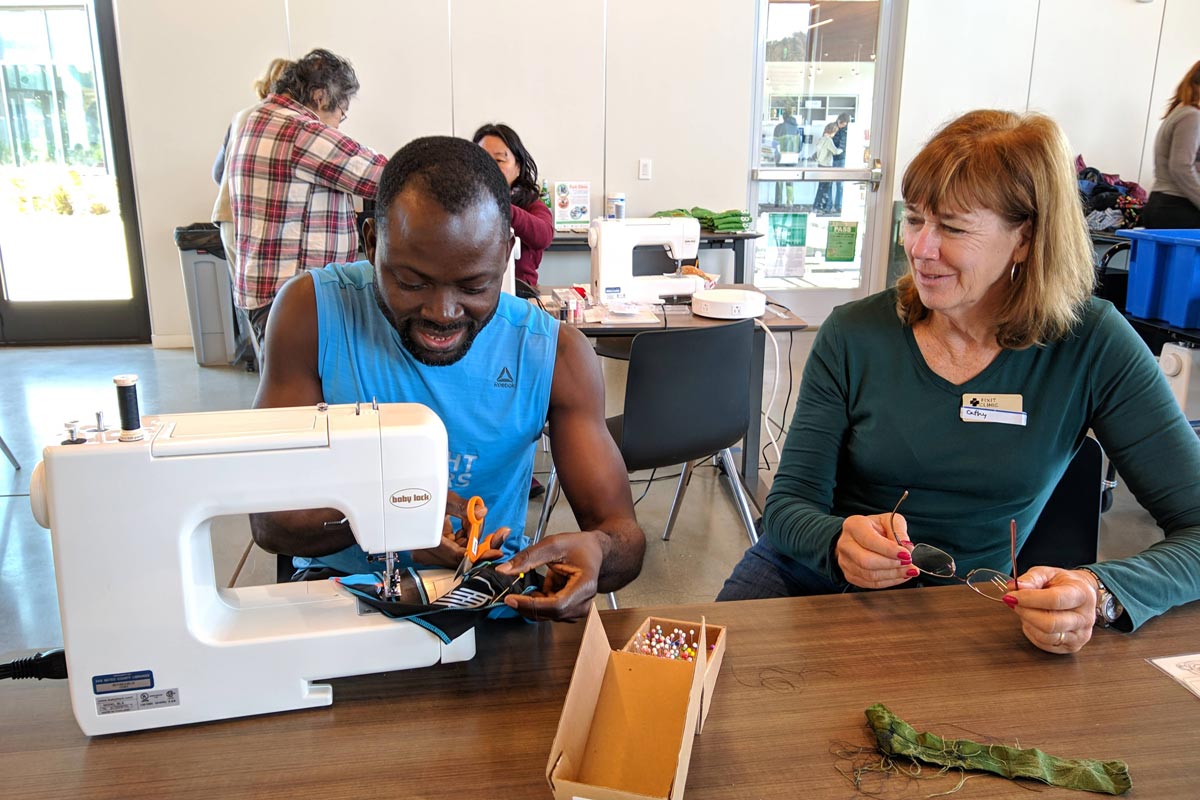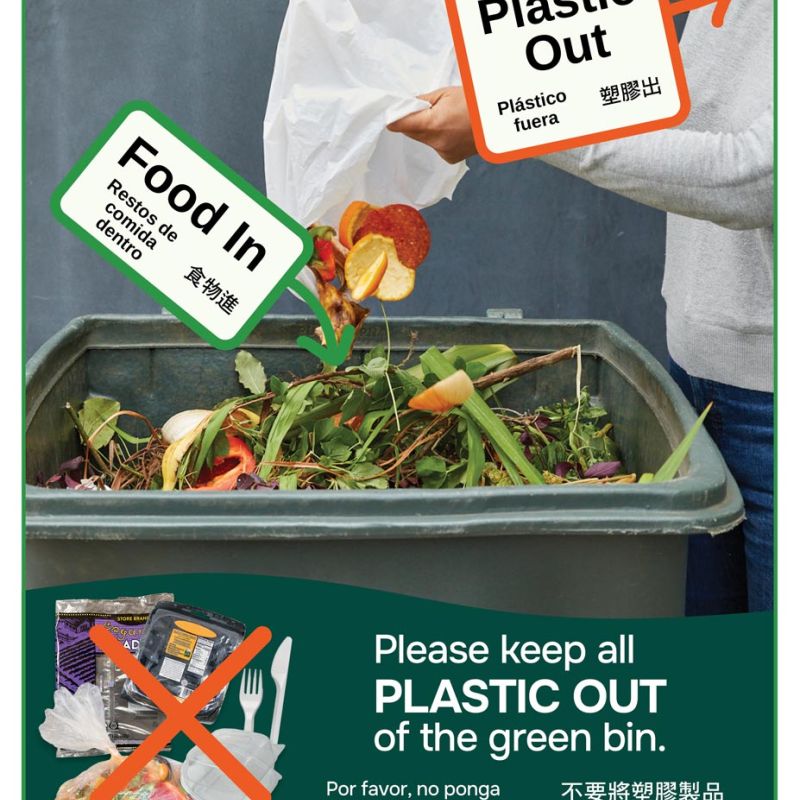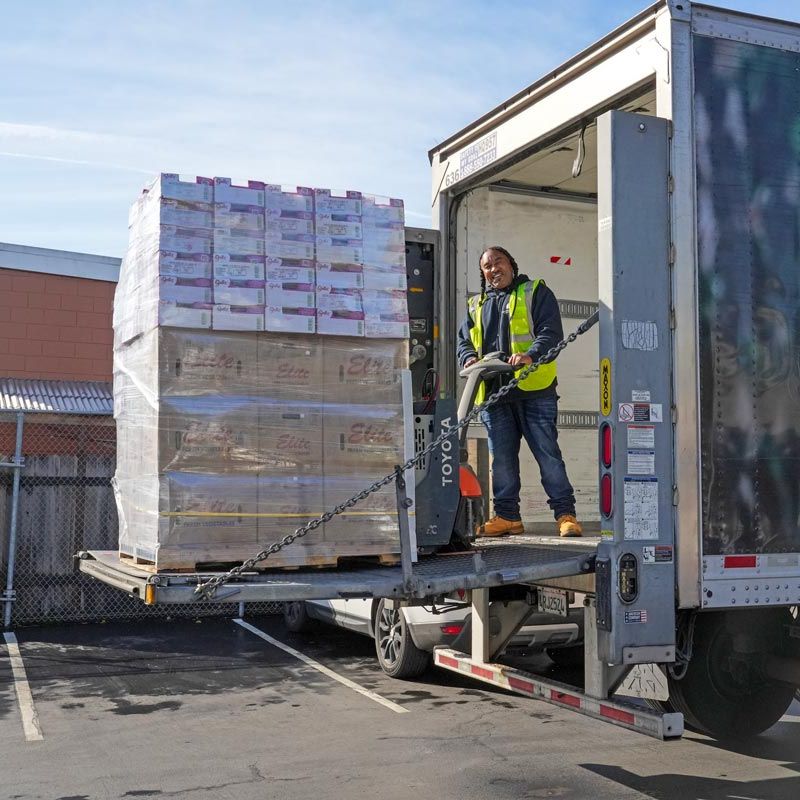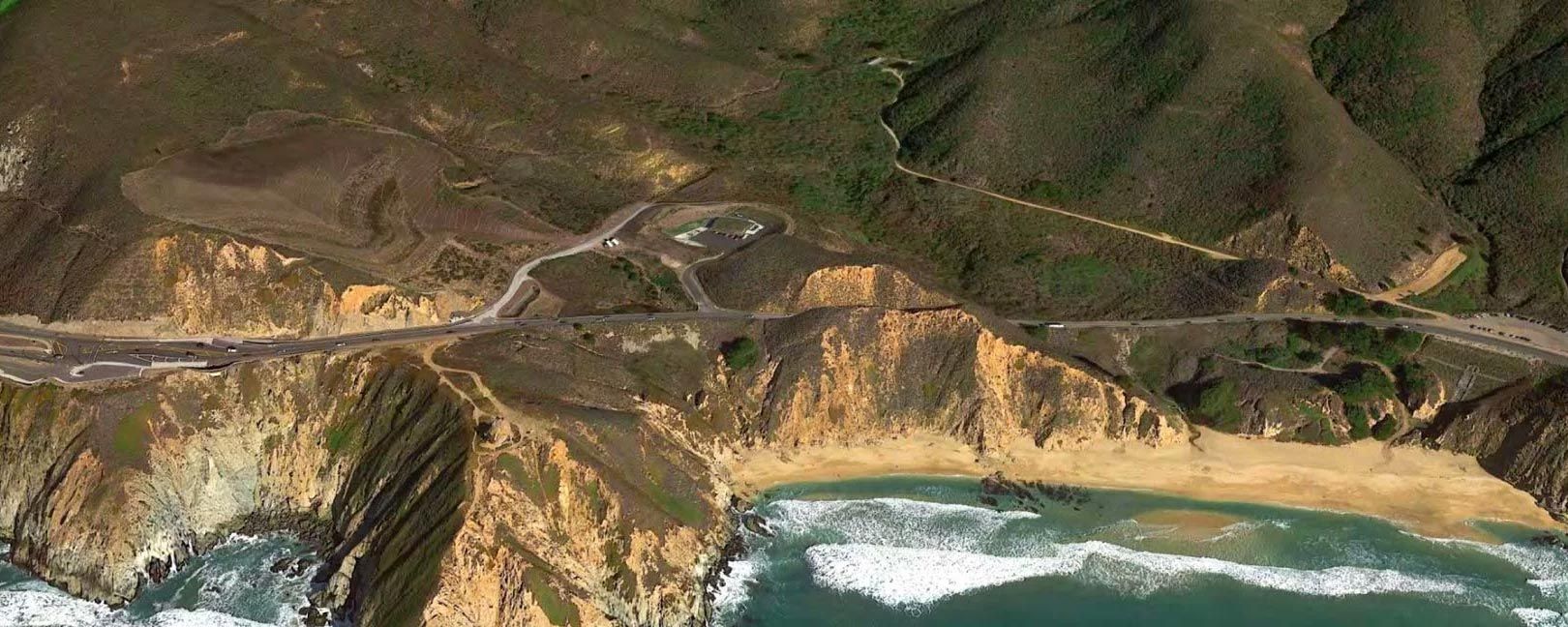
Sea Level Rise
As the climate changes and sea levels rise, communities in the Bay Area are already experiencing the impacts of flooding. The magnitude and extent of sea level rise-linked flooding and erosion are expected to increase in the future. Learn more about storm-linked flooding.
Understanding how sea level rise is likely to affect San Mateo County residents, businesses, and the community services and infrastructure we all rely on is crucial to building prepared, healthy, and safe communities.
Impacts
In addition to the flooding risk to many of our communities, our networked infrastructure is also at risk. Sea level rise is expected to affect us all through impacts to roads and highways, electric substations, and wastewater treatment plants that are essential to day-to-day community and economic functions. For example, a flooded highway, wastewater treatment plant or electrical substation could temporarily shut-down businesses, close roads and lead to many community-wide disruptions. By working together, we can protect our communities’ many assets, including neighborhoods, businesses, parks and beaches – places we all love.
Assessing Risks in San Mateo County
South Coast Sea Level Rise Risk and Solutions Study
STUDY AREA: from the southern edge of Half Moon Bay to the county line south of Pescadero
The SMC South Coast is known for its iconic beaches, agricultural areas, and small coastal communities. Many of these areas, including Coastside beaches and bluffs, roads, agricultural land, businesses and residences are already at risk from flooding and erosion, and these impacts will get worse as sea level continues to rise. Our communities need to know what to expect and what we need to start doing today to protect ourselves from these impacts.
This study evaluates the impacts of sea level rise on the South Coast right now, at .8 feet, at 1.4 feet and at 4.9 feet. The vulnerability assessment provides projections of the extent of coastal hazards and of the physical and economic impacts to community assets like buildings, roads, farmland, and coastal access infrastructure. Learn more in the Executive Summary (PDF) and the full report (PDF) or browse our interactive maps in English and Spanish to learn more about the study findings.
2018 San Mateo County Sea Level Rise Vulnerability Assessment
STUDY AREA: the San Mateo County coast and bay shorelines except for the south coast
Understanding how sea level rise will affect San Mateo County residents, businesses, and the services and infrastructure we all rely on is a crucial step in building prepared, healthy and safe communities. Sea level rise could affect a wide array of communities, critical facilities, energy networks, transportation systems, flood protection infrastructure, natural and recreational areas, wastewater and stormwater systems, and solid waste facilities. While the changing climate and rising seas pose many risks to people and places in San Mateo County, we can plan ahead to create resilient communities and ecosystems.
Learn more in the 2018 San Mateo County Sea Level Rise Vulnerability Assessment (PDF) full report (appendices below) or browse the Highlights Brochure (PDF).
- Appendix A: Methodology Report
- Appendix B: Asset Exposure Maps
- Appendix C: Asset Questionnaire Example
Appendix D: Asset Vulnerability Profiles (PDF)
- Appendix E: Data Sources
- Appendix F: Asset Categorization and Classification Report
- Appendix G: Inundation Scenarios for San Mateo County Sea Level Rise Vulnerability Assessment
- Appendix H: Adapting to Rising Tides and Our Coast, Our Future – A Comparison of Approaches
- Appendix I: Groundwater Resources Evaluation
- Appendix J: Pacific Gas & Electric – Sea Level Rise in San Mateo County
- Appendix K: Baylands Ecosystem Habitat Goals Science Update 2015
- Appendix L: Stakeholder Group List
- Appendix M: Summary of Local Sea Level Rise Planning Efforts
- Appendix N: Recommendations for Next Steps from Stakeholders
- Appendix O: Additional Resources
- Appendix P: Glossary
Sea Level Rise Adaptation Strategies
There are many strategies available to address the challenges of sea level rise. San Mateo County Sea Level Rise Vulnerability Assessments have identified three key categories of adaptation strategies: (1) emergency preparedness and resilience efforts, (2) shoreline and site-specific strategies, and (3) policies, plans and procedure updates to address sea level rise.
- Adopt new development standards and ordinances for at risk areas.
- Utilize nature-based solutions, including vegetated, permeable, and tree-covered surfaces, water detention systems and habitat restoration.
- Update building design standards and codes to incorporate flood risk best practices.
- Implement protection or accommodation approaches that attempt to stop erosion or flooding.
- Consider managed retreat or hazard avoidance, which relocates or realigns potentially vulnerable infrastructure.
The San Mateo County Flood and Sea Level Rise Resiliency District (“OneShoreline”) began operating in 2020 to coordinate countywide efforts to combat the harms of sea level rise caused by climate change. OneShoreline provides expertise in the complex process of designing and building for sea level rise, working with cities and developers to build resilience through planning and coordinating multi-jurisdictional flood mitigation projects. Learn more about OneShoreline.
Planning for Sea Level Rise
Sea Level Rise Policy for County-Owned Assets
In 2019, the Board of Supervisors approved a Sea Level Rise Policy for County-Owned Assets. The Policy requires that sea level rise is considered in all County-owned and operated assets, design and construction projects, leases, and property acquisitions and dispositions. The intent of this policy is to understand the vulnerability of County-owned property and assets over their life cycle; develop an incremental approach to adaptation based on the current and future level of risk; and coordinate with other communities on developing regional solutions.
Learn more through the 2019 San Mateo County Sea Level Rise Policy for County-Owned Assets (PDF) and Implementation Plan (PDF).
Featured Initiatives

East Palo Alto Community Vulnerability Adaptation Sea Level Rise Planning Project
Acterra (Climate Resilient Communities) built the capacity of East Palo Alto community leaders in sea-level rise vulnerability planning and identified preliminary community-defined adaptation strategies. The project included a hands-on water reclamation and rain garden project co-installed by youth. Project partners included the East Palo Alto Climate Change Community Team and organizations including Anamatangi Polynesian Voices and Youth United for Community Action.
SMC South Coast Sea Level Rise Study and Adaptation Report
This assessment documents the current and future impacts of sea level rise on the South Coast region of the county, from the southern end of Half Moon Bay to Pescadero, and includes potential physical and economic impacts on buildings, roads, farmland, and recreation. The report provides an overview of adaptation options and guidance for planning and implementing resilience strategies in an equitable and community-oriented way.
Past Sea Change Initiatives
2019 SeaChange SMC Community Resilience Grants
The SeaChange SMC Community Resilience Grants Program supported cities and organizations in developing solutions that reduce impacts from sea level rise. Learn more.
Assessing Nature-Based Shoreline Protection Strategies for SMC
Nature-based strategies protect shorelines from coastal flooding by creating, restoring, or emulating natural coastal features, such as wetlands, dunes, or reefs. These strategies reduce erosion and mitigate storm surge, wave action, and still-water flooding associated with coastal flood events.
SeaChange SMC worked with Stanford’s Natural Capital Project (NatCap) and the San Francisco Estuary Institute (SFEI) to explore and evaluate a menu of nature-based sea level rise strategies for the County’s Bay shoreline. The project identified “Operational Landscape Units” OLUs with shared geophysical and habitat characteristics suited for particular sets of adaptation strategies. These natural “neighborhoods” cross jurisdictional and traditional decision-making boundaries making coordination essential to achieve successful adaptation.
Five factsheets (see below) summarize the San Mateo County bayside risks from sea level rise, nature-based opportunities to reduce these risks, and the potential ecosystem services that could be achieved through OLU-focused nature-based strategies.
This project was funded by The Gordon and Betty Moore Foundation.
- Yosemite-Visitacion OLU Factsheet (PDF) covering the bayside area from City and County of San Francisco’s Visitacion Valley and northern South San Francisco in San Mateo County
- Colma OLU Factsheet (PDF) covering the bayside area starting from the middle of South San Francisco through a small northern section of City of San Mateo
- San Mateo OLU Factsheet (PDF) covering most of City of San Mateo including Coyote Point and a northern section of Foster City through City of Belmont
- Belmont OLU Factsheet (PDF) covering most of Foster City through Menlo Park
- San Francisquito OLU Factsheet (PDF) covering the bayside area from just north of the Dumbarton Bridge in Menlo Park, through East Palo Alto to Santa Clara County’s City of Palo Alto.

